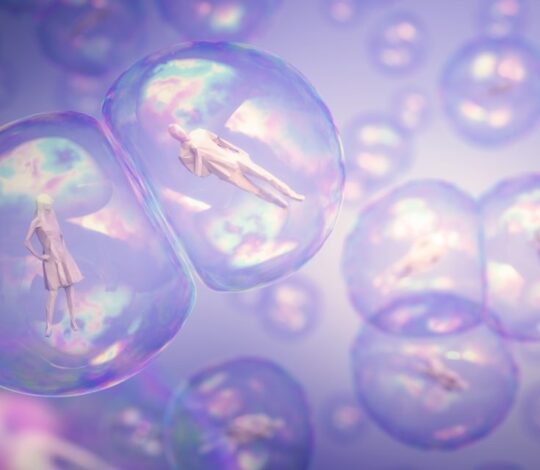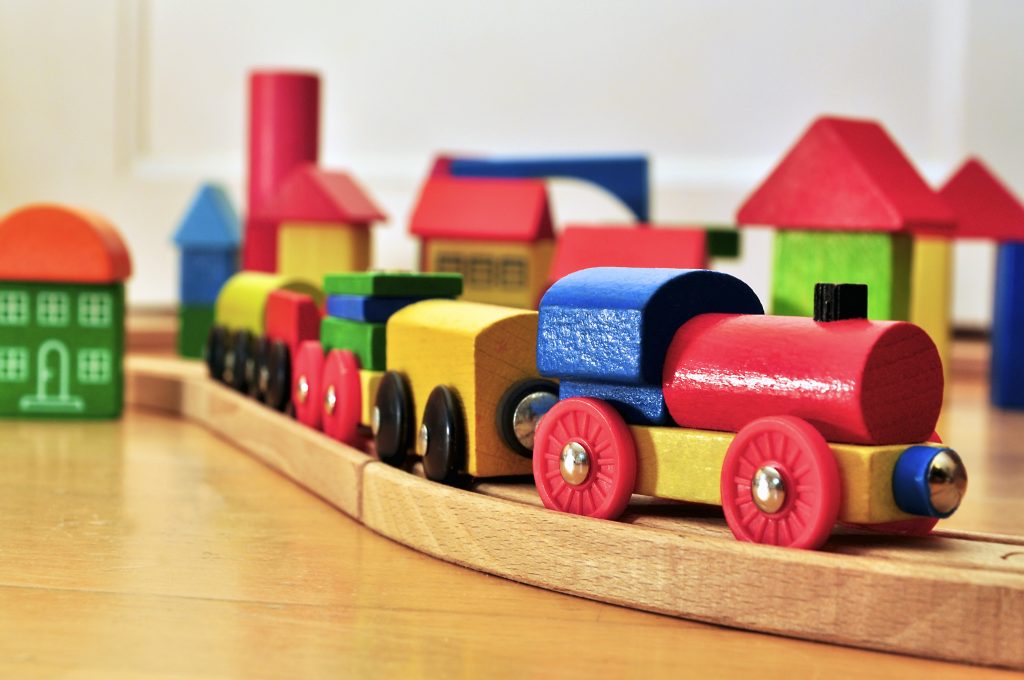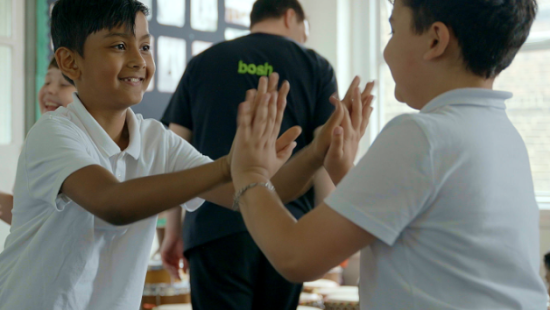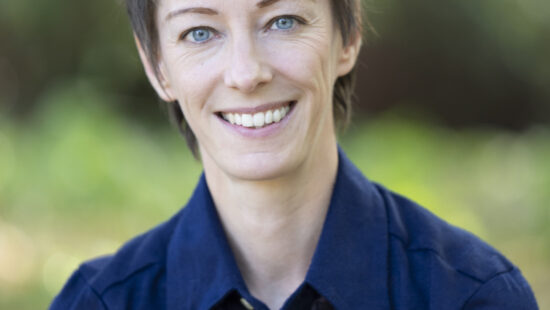Distancing with a difference!

Distancing with a difference!
By Caroline Hotckiss (Toot), Artis Performance and Learning Manager
Want to keep distancing delightful? In moments of creative flow or celebration, children can have a tendency to want to share their joy with you and can career towards you and each other at any given moment! Modelling with props and visualisation techniques can creatively steer the challenges in a positive direction, all the while, providing social and emotional development opportunities.
Keeping distance between yourself and a class bubble:
Using tape, mark out your own working space on the floor, the shape of your area can be themed to whatever topic your lesson is about. For example, the Port, Starboard, Stern or captain’s cabin of a ship where only the captain (you) are allowed to go!
Personal space bubbles (EYFS):
Ask the children to blow a big bubble all around them by reaching with their arms all the way from the floor to way over their heads to the tips of their fingers. What happens to bubbles when they touch? They pop! Who can keep their bubble from popping through the entire session?
For classes who are distancing:
Mark out the children’s individual work spaces using simple rubber disks, spots or mats on the floor to help the children stand 2 meters apart. This is particularly helpful for any movement work.
Negative Space; helping spatial awareness KS1 & KS2:
This activity works well if you want the children to explore movement without travelling through space. It’s very adaptable across year groups and useful for younger children to explore in front, behind and by the side of.
Negative space in dance and visual art is the space around a shape.
Ask the children to think of a donut shape, the donut pastry part is the positive space and the hole inside the donut and the space around the donut is the negative space. Ask the children to stand in the space with their feet just wider than their hips and make a donut shape with their arms in whichever way they choose. Explain the body is the positive space and the space all around their body, between their arms and legs is the negative space.
Ask the children if they can think of any other shape that would create interesting negative spaces in front of them, encourage them to be creative and think of unusual ideas. Then repeat a few times, each time changing where they create negative space, above, below and to the side of them. For older children, this can be developed into a movement sequence 1. Front 2. Behind 3. Above 4. Below 5. To the side. The sequence can be developed by adding a movement transition such as a jump, turn, roll or balance.
Visualisation for spatial awareness, body awareness and listening:
Ask children to think of different types of trains, what they might be used for, passengers, transportation of goods, leisure etc. Ask the children to choose one type of train, decide its shape and colour and what it might be carrying. Discuss how trains follow their own tracks and that tracks are designed so that trains never touch or collide and are very carefully organised by a signaler who tells them when to GO, STOP, speed up and slow down. Trains only ever move to where there is a space as that’s where the tracks take them. On their spots two meters a part they imagine they are their train waiting at a station and each spot is a station. You as the signaler have signal lights prepared; RED (speed 0 =stillness), AMBER (speed 1=travelling in slow motion) and GREEN (speed 2=walking). When the class are accomplished at this, you may want to have a double GREEN sign (speed 3=walking as fast as you can go without running).

No props, no problem!
Scarves, balls, fluffy things, beautiful things, stretchy things and incredible things are stuff that Artis sessions can often be made of and in these times, passing objects from Specialist to child, child to child just simply cannot be done!
‘Pass the Click’ for connecting and creating a sense of unity: A fun non-verbal activity where you might usually use a ball to pass around the circle. Have the children stand on their spots around the room. Start by sending a click to a child by physically clicking and then passing it to them, by showing a throwing gesture, and making eye contact to make sure the child knows they are being passed the click. The child receives the click by making a drawing in action with their arms and hands like catching! You can develop this further by making the throwing and receiving actions bigger by lunging or leaping; by counting how many the class can do in sequence without pausing for eye contact; adding a rhythm whilst you count gradually increasing the tempo of the rhythm.
Wellbeing: Checking in with your class; This activity is a fun way to check in with how your class are feeling. As they are using sound and movement to share, it may be more accessible to children who struggle to put their feelings into words.
‘I’ve Got A Note Inside Me and It Sounds Like THIS!’ – “What sound do you want to make?” Encourage children to make whatever sound they wish at the same time. Discourage screaming and use of words. After a few tries altogether, ask if any children want to share their sounds by themselves. Can the children match a movement with their sound?
It’s been a joy to hear stories from both schools and Specialists about children being able to enjoy the arts, playing and creating together safely. Whenever you’re stuck, if you find yourself unable to use a favourite prop or activity in school, think of the words of Georges Braque ‘It is the limitation of means that determines style, gives rise to new forms and makes creativity possible’ you never know, you may make yourself a masterpiece!

